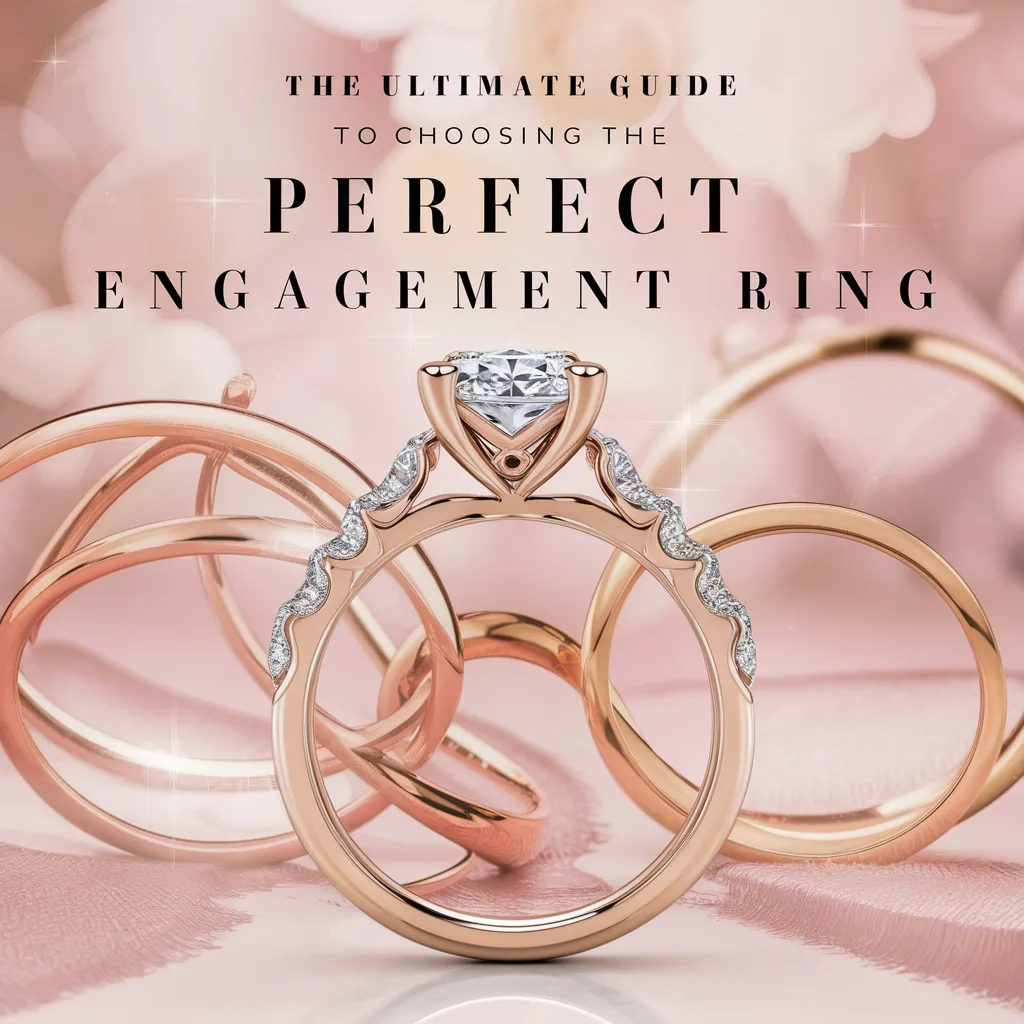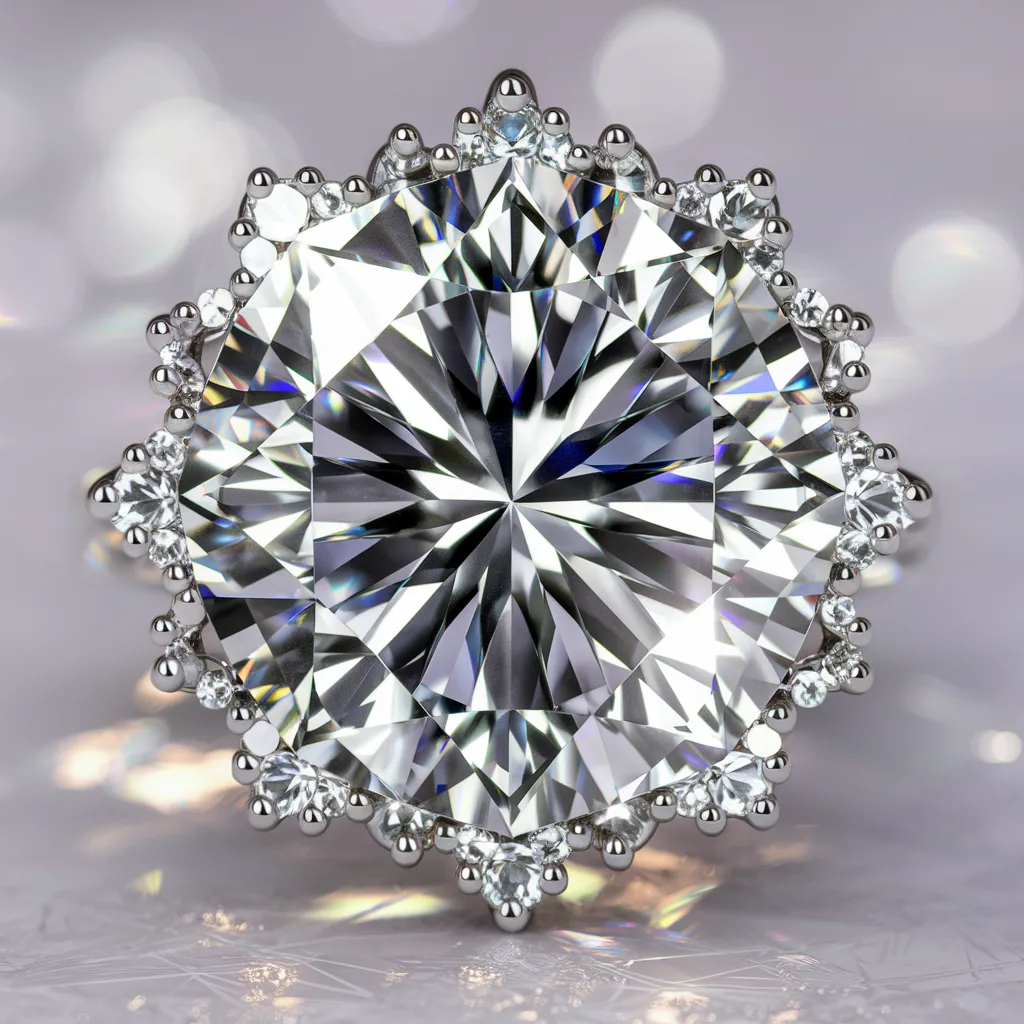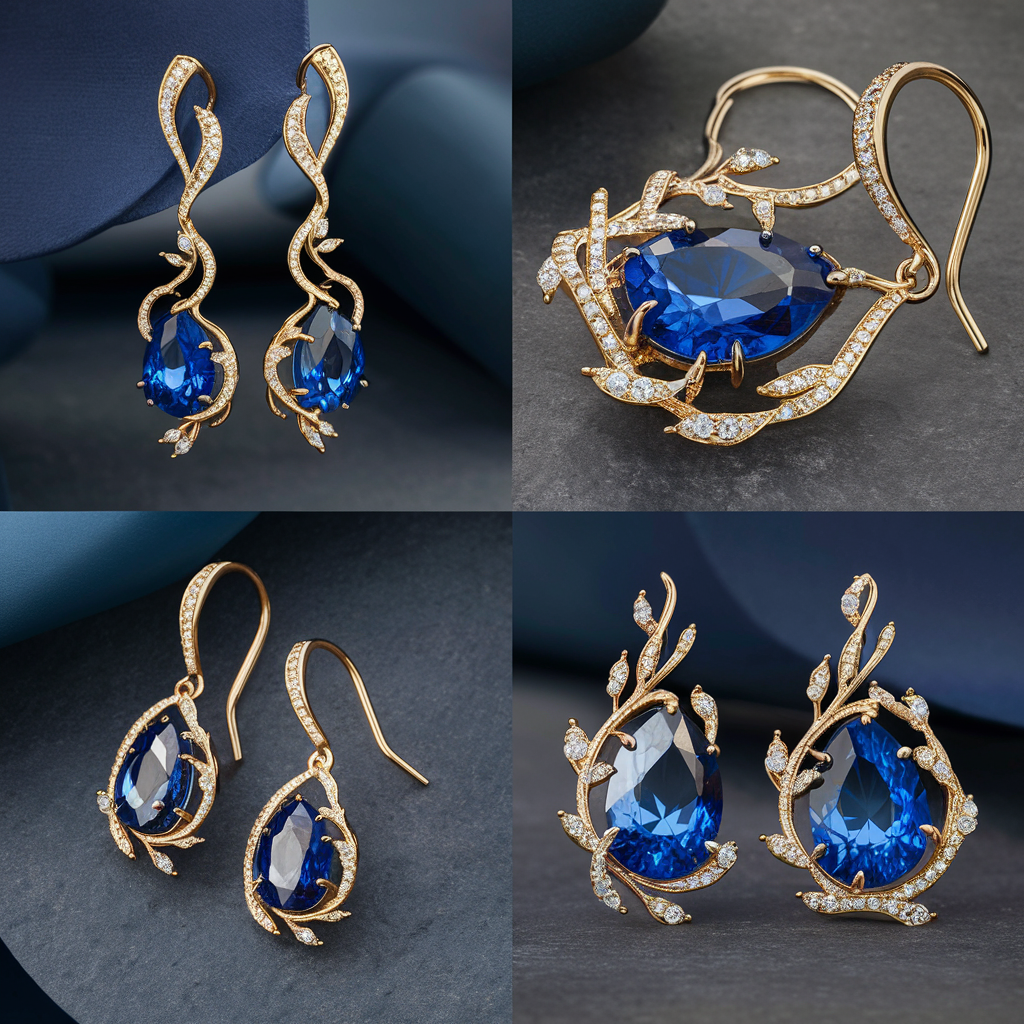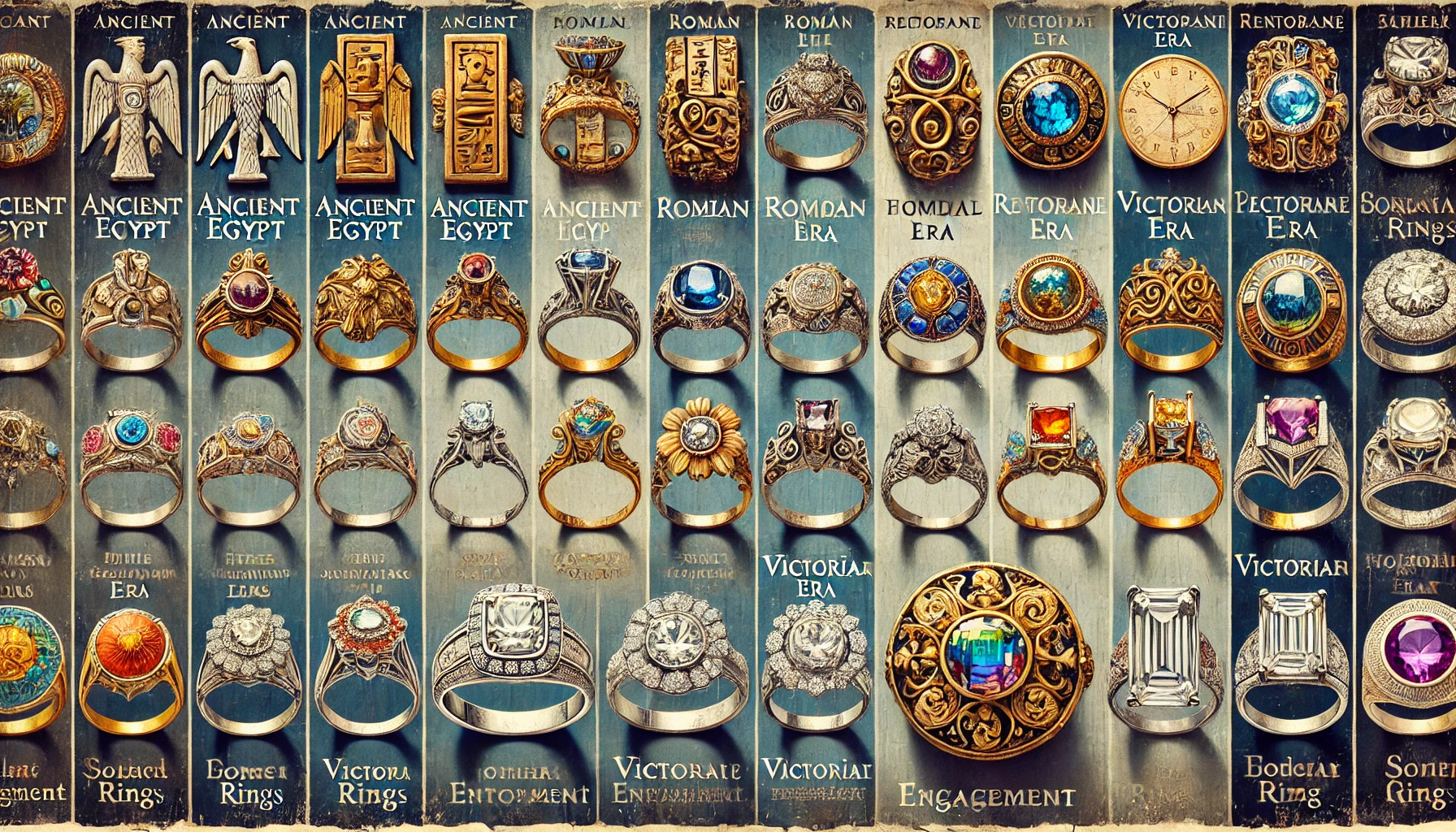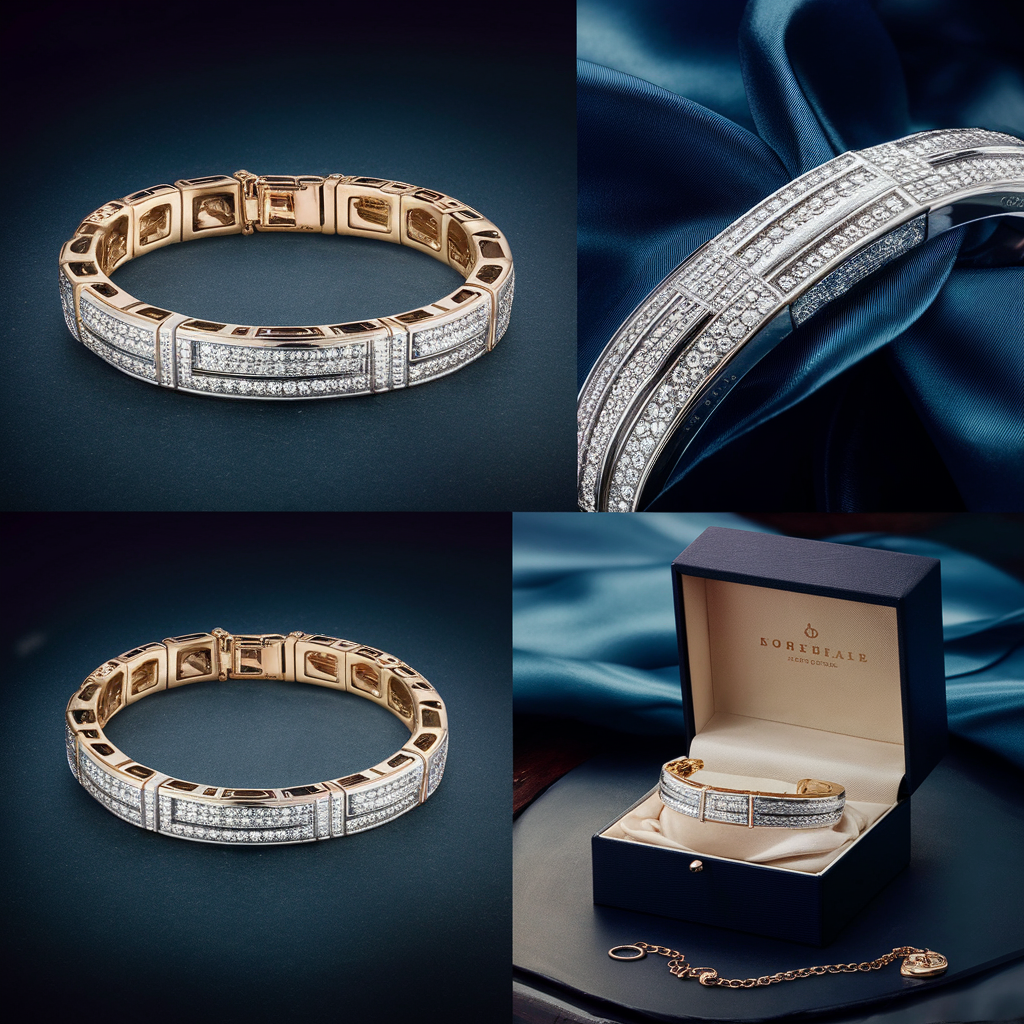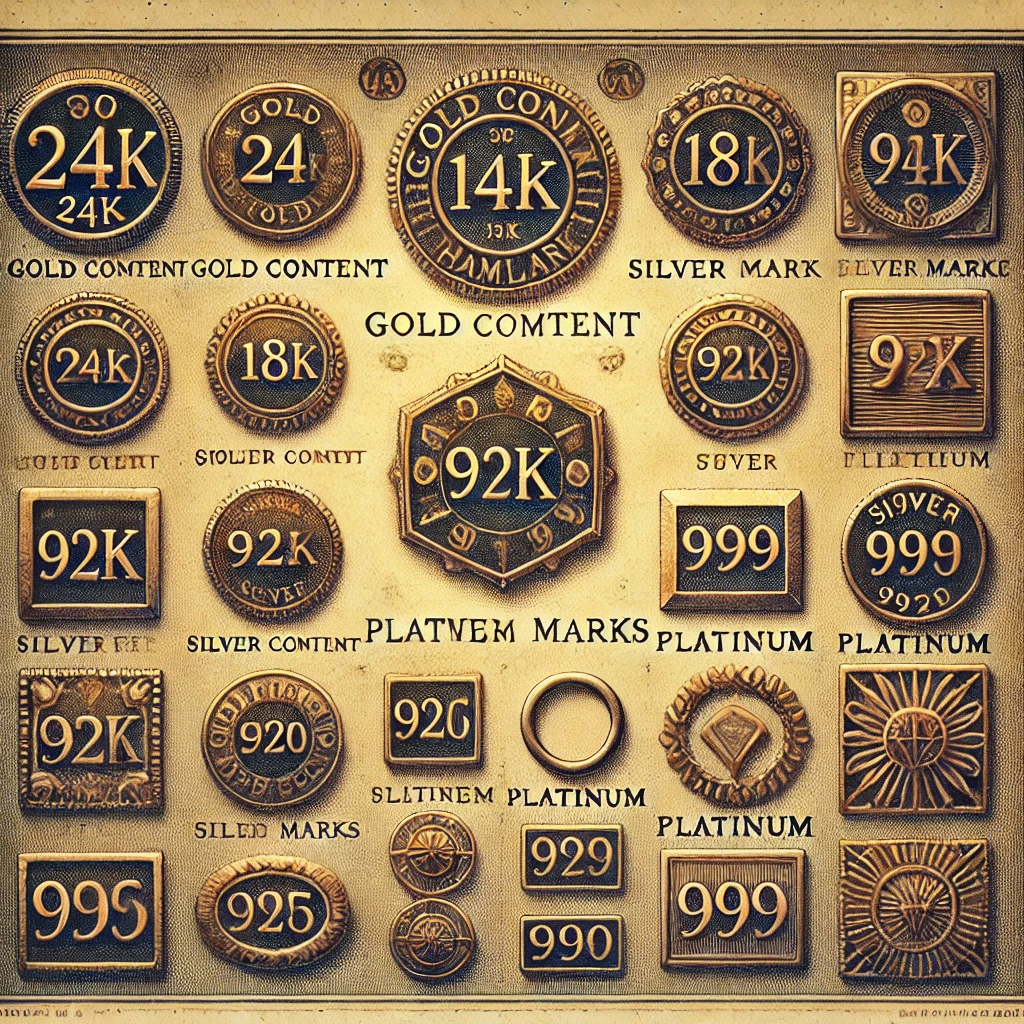
Understanding Jewelry Hallmarks and What They Tell Us
Introduction
Jewelry hallmarks are small, stamped symbols found on various metal items, primarily gold, silver, and platinum jewelry. These marks serve as an indication of the metal's purity, the maker's identity, the place of hallmarking, and sometimes the date of the piece. Understanding hallmarks is crucial for jewelers, collectors, and buyers, as they provide essential information about the provenance and authenticity of a jewelry item.
History of Hallmarks
The practice of hallmarking has a long history, dating back to ancient civilizations. The earliest known hallmarks appeared in the Byzantine Empire, where symbols were used to denote the quality of gold and silver items. During the medieval period, hallmarking became more formalized, especially in Europe. For instance, in the 13th century, the Goldsmiths’ Company in London was granted the authority to assay and mark precious metals, establishing one of the oldest assay offices still in operation today. Over the centuries, hallmarking evolved to include more detailed information, reflecting changes in legislation and trade practices.
Types of Hallmarks
Jewelry hallmarks can be categorized into four main types:
- Purity Marks: Indicate the fineness or purity of the metal.
- Maker's Marks: Identify the craftsman or company that made the piece.
- Assay Office Marks: Show where the item was tested and marked.
- Date Letters: Represent the year of hallmarking.
These marks collectively provide a comprehensive overview of a jewelry item's background and authenticity.
Purity Marks
Purity marks are crucial for determining the value and quality of a piece of jewelry. These marks indicate the amount of precious metal in the alloy. The most common purity marks are:
- Gold: Measured in karats (K) or parts per thousand. For example, 24K represents pure gold, while 18K gold contains 75% gold.
- Silver: Typically marked with numbers like 925, indicating 92.5% silver, commonly known as sterling silver.
- Platinum: Marked with numbers such as 950, indicating 95% pure platinum.
Each country may have its own system and symbols for marking purity, but the goal remains the same: to assure the buyer of the metal's quality.
Maker's Marks
Maker's marks identify the individual or company that created the jewelry piece. These marks can be initials, symbols, or full names and are often accompanied by other hallmarks. Identifying a maker's mark can significantly enhance the value of a piece, especially if it comes from a renowned jeweler. Researching maker's marks often involves consulting hallmark databases or reference books that catalog these symbols.
Assay Office Marks
Assay office marks denote where the piece was tested and hallmarked. Assay offices are official institutions responsible for verifying the metal content in jewelry and other precious items. Each office has its unique symbol, which may include city arms or specific logos. For example:
- London: The Leopard's Head.
- Birmingham: An Anchor.
- Edinburgh: A Castle.
Recognizing these symbols helps in tracing the origin of the jewelry piece and adds another layer of authentication.
Date Letters
Date letters are a key component of jewelry hallmarks, providing information about the year in which the item was hallmarked. Each year is represented by a different letter, often within a shield or other frame, and the style of the letter or the shape of the frame can change every cycle (typically 25 years in the UK). This system allows for precise dating of a piece of jewelry. Here’s how to interpret date letters:
- United Kingdom: The date letter system has been in place since the 15th century. Each letter corresponds to a specific year, and the style of the letter or the shape of its frame changes with each cycle.
- France: Uses a similar system but incorporates a broader range of symbols and letters to denote specific years.
- United States: While not as common, some American jewelers and assay offices have adopted their own date letter systems.
Understanding date letters requires reference to hallmarking guides or databases that list the letters used by different countries and assay offices over the years.
Understanding Hallmarks by Country
Different countries have distinct hallmarking systems, each with unique symbols and practices. Here’s an overview of some hallmarking systems:
- United Kingdom: The UK has a comprehensive hallmarking system with marks for purity, maker, assay office, and date. The Leopard’s Head (London), Anchor (Birmingham), and Castle (Edinburgh) are well-known assay office marks.
- United States: U.S. jewelry typically features purity marks and maker’s marks, but lacks a standardized national hallmarking system. Jewelers may use stamps indicating the metal’s karat and their own brand symbols.
- France: French jewelry is often marked with the head of an eagle for gold and the head of Minerva for silver. These marks denote the metal's purity and the assay office responsible.
- Italy: Italian hallmarks include a star, the number representing the province, and the maker’s registration number, providing detailed information about the jewelry’s origin.
- Germany: Known for their Crescent Moon and Crown marks, followed by a number indicating the silver content, such as 800, 835, or 925.
Each country’s system provides unique insights, reflecting its regulatory practices and cultural heritage in jewelry making.
Special Hallmarks
In addition to standard hallmarks, there are special hallmarks used to denote commemorative pieces, limited editions, or items made for special occasions:
- Commemorative Hallmarks: Issued to celebrate significant events, such as royal jubilees or national milestones. For example, the UK issued a special hallmark for Queen Elizabeth II’s Diamond Jubilee in 2012.
- Limited Edition Marks: Used by jewelers to indicate a piece is part of a limited run, adding to its exclusivity and potential value.
- Event Hallmarks: Some jewelry items are hallmarked to commemorate specific events, such as international exhibitions or significant anniversaries.
These special hallmarks can add a layer of historical significance and collectible value to a piece of jewelry.
Hallmarks and Counterfeits
Hallmarks play a crucial role in verifying the authenticity of jewelry. Unfortunately, counterfeiters often attempt to replicate these marks to pass off fake items as genuine. Recognizing fake hallmarks can be challenging but is essential for protecting yourself as a buyer or collector. Here are some tips:
- Examine the Hallmarks: Genuine hallmarks are typically well-defined and precisely stamped. Blurry, uneven, or poorly aligned marks can indicate a counterfeit.
- Research and Compare: Compare the hallmarks with known examples from reliable sources or hallmark guides. Differences in style, size, or detail can be a red flag.
- Consult Experts: Jewelers, appraisers, and hallmarking authorities can provide expert opinions and authenticate pieces using specialized tools.
- Use Technology: Devices like X-ray fluorescence (XRF) analyzers can determine the metal composition without damaging the jewelry, helping to confirm its authenticity.
By being vigilant and informed, you can avoid counterfeit pieces and ensure the authenticity of your jewelry collection.
Collecting Jewelry Based on Hallmarks
Collecting jewelry based on hallmarks can be both rewarding and educational. Hallmarks provide a glimpse into the history, craftsmanship, and authenticity of each piece. Here’s how to build a hallmark-focused collection:
- Research and Education: Learn about hallmarking systems, significant jewelers, and historical periods. Books, online databases, and museum collections are excellent resources.
- Focus Areas: Decide on a focus for your collection, such as a specific country, time period, or type of hallmark (e.g., maker's marks, purity marks).
- Networking: Join collector groups, attend auctions, and participate in jewelry shows to connect with other enthusiasts and gain access to rare pieces.
- Documentation: Keep detailed records of your collection, including photos, hallmark descriptions, purchase receipts, and provenance information.
A hallmark-focused collection not only holds aesthetic and monetary value but also serves as a tangible link to the history and artistry of jewelry making.
Hallmarks and Legal Aspects
Understanding the legal aspects of hallmarking is crucial for both buyers and sellers of jewelry. Hallmarking laws vary by country, but they generally aim to ensure the integrity and quality of precious metal items. Key legal considerations include:
- Mandatory Hallmarking: In many countries, certain precious metal items must be hallmarked before they can be sold. For example, in the UK, all gold, silver, platinum, and palladium items above a certain weight must bear official hallmarks.
- Compliance and Penalties: Selling unmarked or misrepresented jewelry can result in legal penalties, including fines and confiscation of items. Jewelers and retailers must comply with hallmarking regulations to avoid legal issues.
- Consumer Rights: Hallmarks provide consumers with assurance of quality and authenticity. Understanding your rights as a buyer can help you make informed decisions and seek redress if issues arise.
Staying informed about hallmarking laws and regulations ensures that you are compliant and protected in your jewelry transactions.
Caring for Hallmarked Jewelry
Proper care and maintenance of hallmarked jewelry are essential to preserve its beauty and value. Here are some best practices:
- Cleaning: Use gentle cleaning methods to avoid damaging the hallmarks. For most pieces, a soft cloth and mild soapy water are sufficient. Avoid abrasive cleaners and tools that can scratch the metal.
- Storage: Store jewelry in a dry, cool place, away from direct sunlight. Use individual pouches or compartments to prevent pieces from scratching each other.
- Inspection: Regularly inspect your jewelry for signs of wear or damage. Pay special attention to the hallmarks to ensure they remain legible and intact.
- Professional Maintenance: Have your jewelry professionally cleaned and inspected periodically. Jewelers can provide expert care and repair services, ensuring the longevity of your pieces.
By following these guidelines, you can keep your hallmarked jewelry in excellent condition for years to come.
Resources and Further Reading
For those interested in delving deeper into the world of jewelry hallmarks, there are numerous resources available:
-
Books:
- "Understanding Jewelry" by David Bennett and Daniela Mascetti
- "The Complete Guide to Antique Jewelry" by Ann T. Mikesh and Lillian G. Robinson
- "Hallmarks of the World" by Sir Charles J. Jackson
-
Websites:
- The Goldsmiths' Company Assay Office (www.thegoldsmiths.co.uk)
- The International Gem Society (www.gemsociety.org)
- Antique Jewelry University (www.langantiques.com/university)
-
Online Databases:
- The Online Encyclopedia of Silver Marks, Hallmarks & Makers' Marks (www.925-1000.com)
- The British Hallmarking Council (www.britishhallmarkingcouncil.gov.uk)
These resources provide valuable information and tools for researching and identifying hallmarks, enhancing your understanding and appreciation of hallmarked jewelry.
Conclusion
Jewelry hallmarks are much more than just small symbols stamped onto metal; they are rich with history and information. From indicating the purity of the metal to identifying the maker and the place of assay, hallmarks tell a detailed story about each piece. By understanding these marks, you can appreciate the craftsmanship, authenticate your jewelry, and make informed decisions as a buyer or collector. Whether you are a seasoned collector or a casual enthusiast, exploring the world of hallmarks adds depth and value to your jewelry experience.


